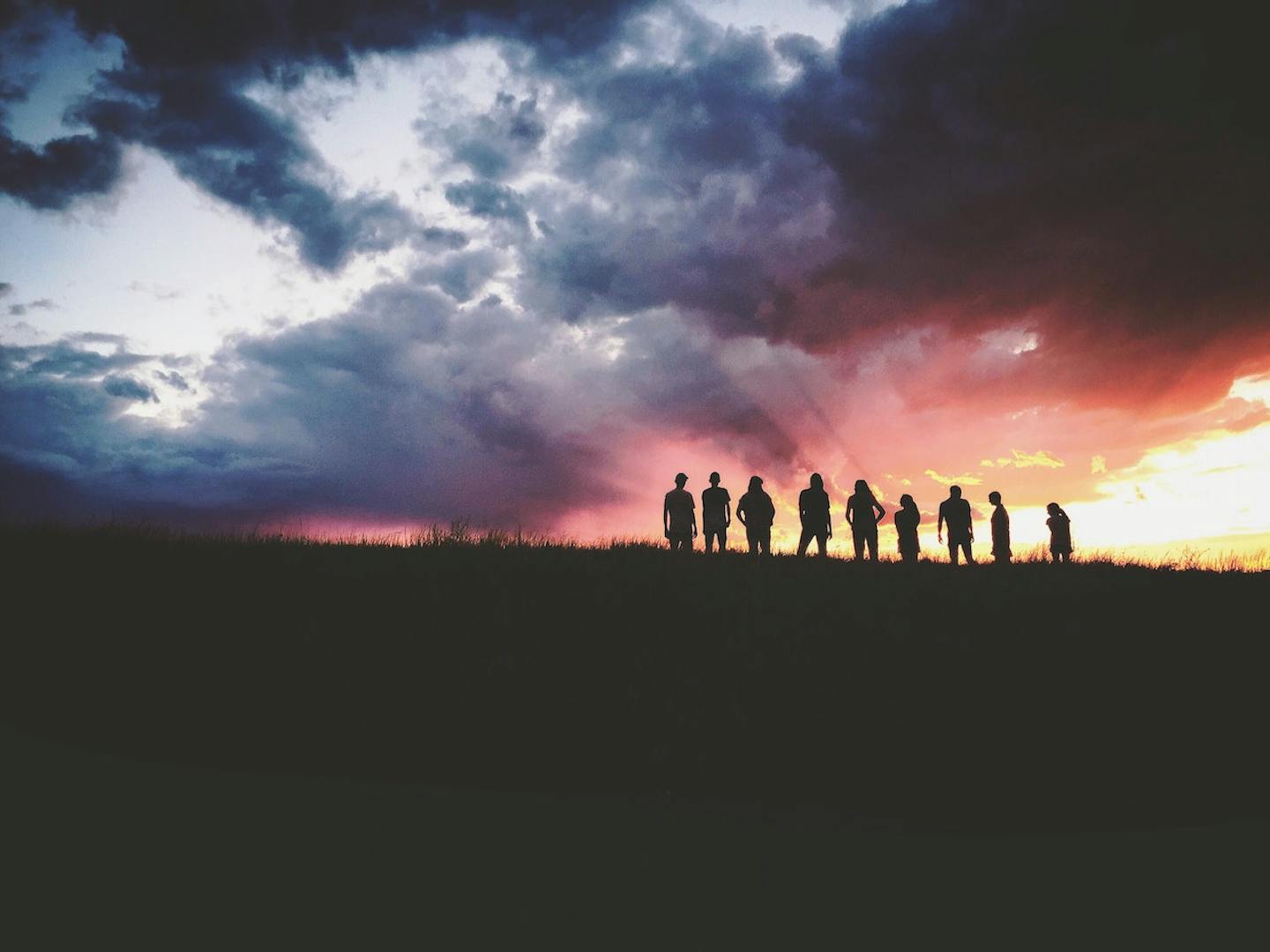Webinar Recap: Advancing Indigenous Women’s Knowledge and Rights in Combating the Climate Crisis
One Earth features webinar recaps from organizations and scientists around the world that focus on important topics such as biodiversity, conservation, food justice, and the intersections of environmental and human health.

Lola Garcia Alix, the Senior Advisor of Global Governance at The International Work Group for Indigenous Affairs (IWGIA), opens the discussion with a warm welcome. She invites viewers to be part of a conversation where the voices of Indigenous Women will highlight the best practices and lessons learned to achieve gender equality and empowerment in the context of climate change.
As the primary caretakers of their families, communities, and homelands encompassed by nature, Indigenous Women are agents of change.
The International Work Group for Indigenous Affairs (IWGIA)
A traditional blessing is performed by Lorena Verónica López Mejía, a Maya K’iche woman from Guatemala, researcher, and teacher. In this ceremony, she thanks the earth, land, water, wind, plants, animals, and stars. Her hope is that all the women of the planet from “the east, west, south, and north will unite to fight for the right to live with dignity on Mother Earth.”
Despite their role as custodians of nature, Indigenous Women face many challenges. Tarcila Rivera Zea, a Quechuan woman, Executive Director of Chirapaq at The Continental Network of Indigenous Women (ECMIA), and the President of the International Forum of Indigenous Women (FIMI) breaks down these issues.
Indigenous Women are still battling for recognition of their rights to land and for their voices to be heard at the local, national, and international levels. Although there has been a vast improvement in acknowledging the part they play in altering the path of the current climate crisis, there is still much work to be done.
One area of improvement is the need for more active participation and leadership in the discussions held at the United Nations. Another is getting rid of violence which is multidimensional between people, nature, and the whole planet.
As Indigenous Women see Earth’s changes happening firsthand in their homes, they have the unique ability to create solutions to these problems. This experience also makes them some of the most passionate people on the subject. They just need a platform.
Advancements in digital technology are aiding in this obstacle, Joanna Absalonsen, Consultant at the Youth Centre in Copenhagen, Denmark, says. Upon seeing the Greenlandic ice sheet melting before their eyes, Indigenous Women in the Arctic have taken to the Internet.
While we don’t see Indigenous knowledge in the traditional media, online Inuit women are sharing their practices. They post how to take care of the land, pick berries, hunt, create a sustainable home, and involve children in the work. Social media has the power to share the voices not otherwise heard.
Making up almost half of the world's farmers, women are at the forefront of using sustainable and regenerative agriculture practices. Molly Bella Akello, the Executive Director of Fountain of Life in Uganda, gives multiple examples of women in her community using natural pesticides and fertilizers in their growing methods.
These recipes are friendly to plants, humans, and most importantly, to essential pollinators like bees and butterflies. Women throughout Uganda are also partaking in planting native trees around their fields, improving soil quality, and removing carbon from the atmosphere.
Indigenous Peoples also conserve about 80% of the world’s biodiversity and represent most of its cultural diversity as their homes overlap with essential natural regions on the planet. Naw Ei Ei Min, the Director of the Promotion of Indigenous and Nature Together (POINT) and Executive Council Member of Asia Indigenous Peoples Pact (AIPP) in Myanmar, lays out a case study of the Akha people.
Living in the mountains of Thailand, Myanmar, Laos, and Yunnan Province in China, Akha women practice a tradition of “nine-level agriculture.” They cultivate field rice interspersed with many vegetable crops, including perennial, seasonal, and fruit trees. The rotation of native crops and seeds has shown resilience in the changing climate.
As the climate crisis intensifies, Victoria Tauli-Corpuz, Indigenous Leader from the Kankana-ey Igorot People of the Cordillera Region in the Philippines and a UN Special Rapporteur on the Rights of Indigenous Peoples, showcases how women remain the caretakers of elders, youth, and the land during disasters like droughts, typhoons, and floods.
The world needs these women in leadership positions to implement their practices as severe weather events impact the world. Their advice and knowledge are fundamental to local and national emergency plans.
In closing, Jen Rubis, a Dayak Woman from Sarawak in Malaysian Borneo and an Indigenous Peoples Specialist at the Green Climate Fund, calls out that Indigenous Women need funding. Supporting these women and their efforts is the best way to position them as leaders and give them the voice required to solve the climate crisis.



